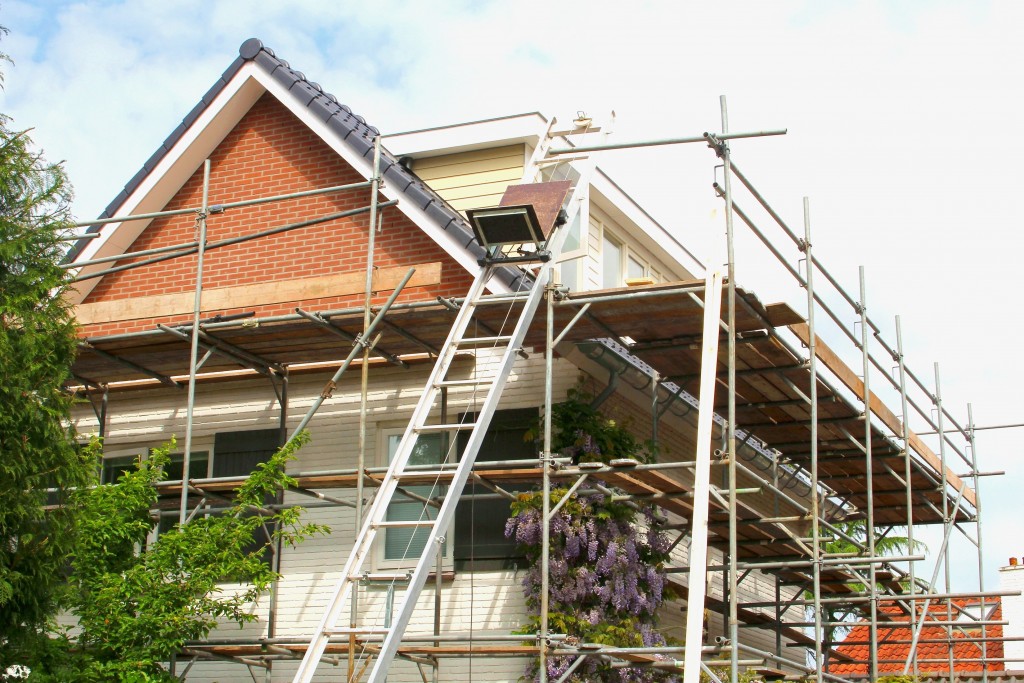Remodelling a home can cost thousands of pounds, excluding paperwork fees. For this reason, many homeowners decide to take matters into their hands—do it themselves. DIYs also provide them with the flexibility or control over design.
The problem is if someone is less experienced about it, then they are still prone to commit mistakes. These errors can be costly. For those thinking of becoming DIY remodellers, learning the basics can go a long way:
1. What Is the Difference between Drywalling and Wet Plastering?
One of the essential remodelling steps is drywalling or plastering. It helps improve thermal insulation, which is vital during the winter months when temperatures can plunge significantly. It may also bring your utility expenses down.
To do this, DIYers need the right plastering and drylining tools, depending on the kind of plastering they like to do. First, there’s wet plastering, which is more traditional. It’s been around for hundreds of years.
It involves using highly durable materials such as cement. Using this lets homeowners create different designs and textures on the wall. It also makes the wall sturdy, and since it can cover from top to bottom, it minimises air from entering the house.
The downsides are they can be pricier and more labour-intensive than drylining. It has a curing period, and it demands higher technical expertise.
For those who want a faster and cheaper option, they can look into drylining, which other people also call drywalling. It is a type of cladding someone places inside the wall. The material used is plasterboard, which has multiple layers to improve its strength and insulation.
It is the easiest to put up and requires few materials, including water. Perhaps the challenge is the skirting board. It may leave gaps that will allow cold air to travel inside the house.

2. Where Is the Best Area to Begin?
It all depends on what remodelling the person wants to do, as well as other factors, such as budget and accessibility of materials. The first step is to perform a survey around the house. These include roofing, ceiling, insulation, and painting.
Depending on the budget, they may tackle the most severe problem of them all. For example, the roof may already be showing signs of rusting or leaking. It needs repair as soon as possible. Otherwise, the problem can worsen, leaving the homeowner with no choice than to replace everything.
3. Are There Limitations to DIY Home Renovation?
The UK government enumerates some types of home improvement or renovation that may need approval. These are usually projects that can impact fire safety, structural integrity, and access, to name a few. These regulations can vary from one place to another, so a DIYer should notify and ask their local council first.
Some jobs are best left to the experts, and one of these is asbestos removal. The UK banned asbestos only in 1999, which means homes built before this year may still have one.
Removing asbestos needs training and licence since it’s a delicate and dangerous material. It can break into smaller pieces. Because they’re small, they can enter the lungs, where they can cause damage in the future.
The idea of doing DIY may be exciting and cost-effective, but it also needs strategic planning, so efforts—and money—won’t go to waste. DIYers should consider taking the time to learn more about the technicalities of their projects.
